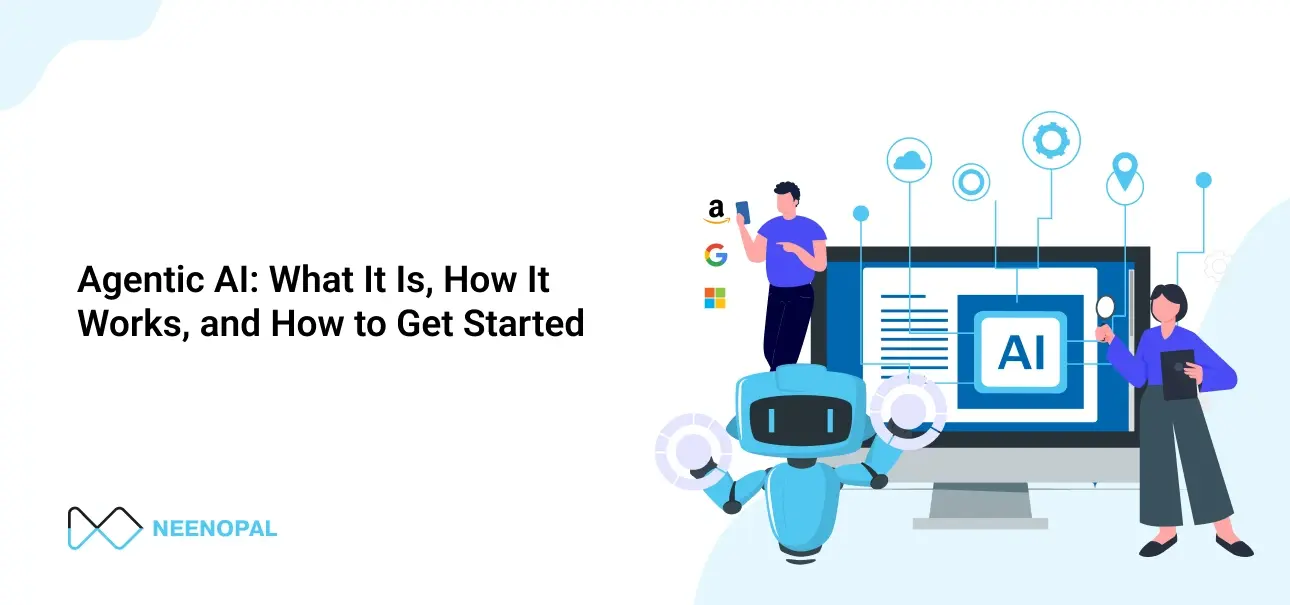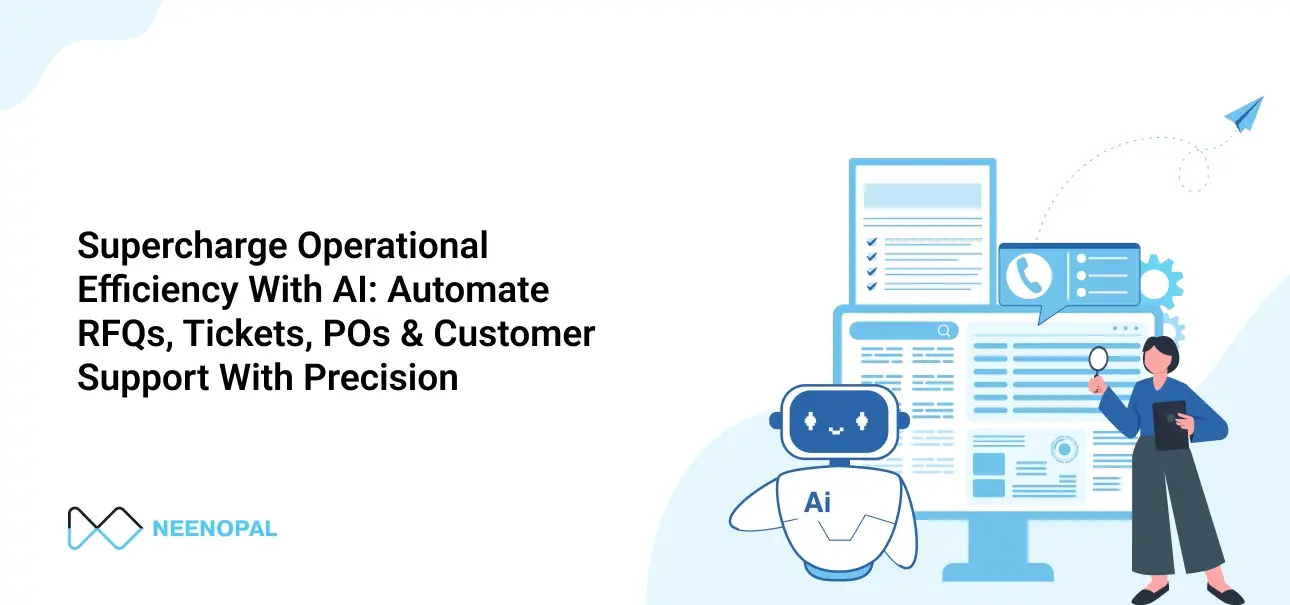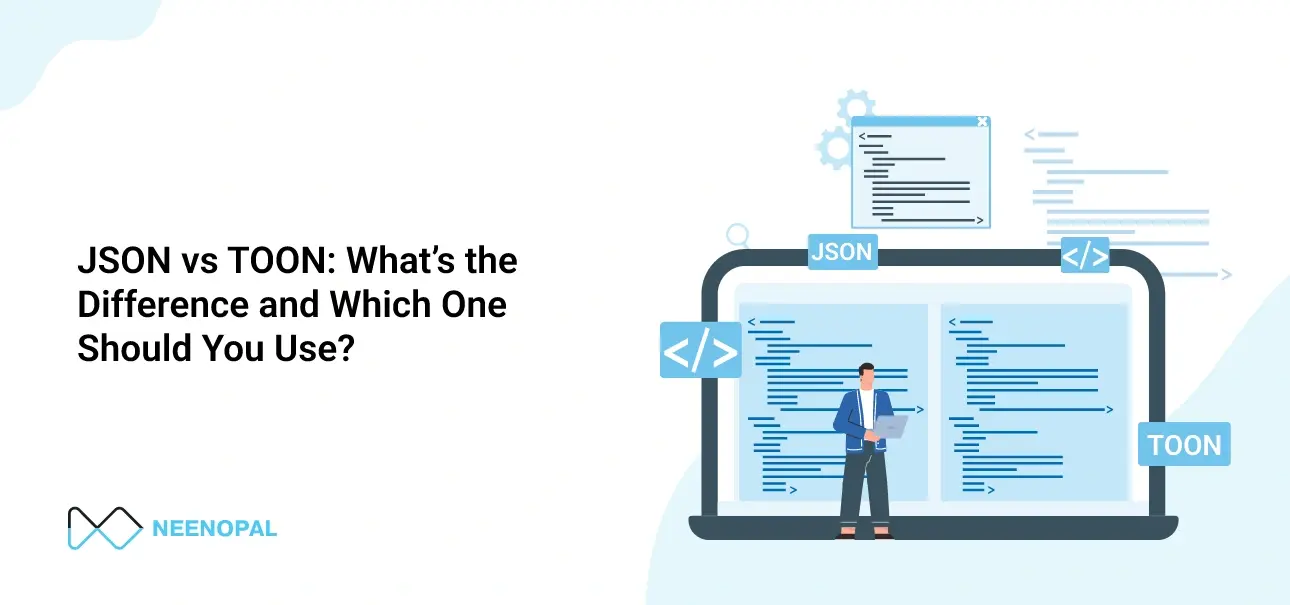Agentic AI is rapidly emerging as a pivotal evolution in the field of artificial intelligence. Unlike conventional AI models that require discrete user prompts and execute single-turn responses, Agentic AI systems operate with goal-oriented autonomy. They are designed to reason over tasks, break them down into actionable steps, interface with digital tools, and iterate based on real-world feedback, without continuous human oversight or step-by-step human supervision.
These systems go beyond passive LLM querying and move toward building autonomous digital workers. By coupling reasoning engines (like GPT-4, Claude, or Mistral) with planning loops, memory systems, and tool interfaces, agentic systems can execute complex workflows traditionally requiring human involvement.
In this article, we’ll explore what Agentic AI actually is, how it works under the hood, and how you can get started building or deploying your own agents, whether you're a machine learning engineer, software developer, or AI enthusiast.
What Is Agentic AI?

Agentic AI refers to autonomous AI systems that act as decision-making agents, capable of pursuing defined objectives through self-directed reasoning and execution. The term “agentic” is rooted in the concept of agency—an entity that acts with intent in a dynamic environment, rather than being passively reactive.
Rather than responding to isolated prompts, these agents can:
-
- Interpret a high-level goal
- Plan a sequence of tasks
- Select and invoke tools (APIs, scripts, databases, cloud functions, etc.)
- Monitor outputs and adjust their strategy accordingly
These capabilities are made possible by chaining large language models (LLMs) with long-term memory systems, context windows, planning modules, and tool-use interfaces. The agent is not just a wrapper around an LLM—it’s an orchestrated, modular system that includes a goal interpreter, planner, executor, memory store, retriever, and tool adapter, sometimes even with feedback or critique loops.
Take the example of an agent tasked with market research. Instead of returning a generic response, the agent could autonomously search websites and APIs, scrape competitor data, structure the data into tables, analyze and summarize key trends, generate a presentation file, and then schedule a calendar meeting—executing all of this as a multi-step plan, without requiring user prompts at each phase.
Well-known agentic frameworks like AutoGPT, BabyAGI, LangChain Agents, and Devin showcase this architecture by leveraging LLMs with memory, planning, and external tool invocation. Similarly, enterprise platforms have begun offering first-class support for agentic architectures:
-
- Amazon Bedrock Agents allow developers to define goals, enable tool use via AWS Lambda, and access internal knowledge bases using Retrieval-Augmented Generation (RAG). These agents are hosted and managed, offering robust memory tracking and dynamic planning capabilities.
- Microsoft’s Azure AI Studio and the Copilot stack enable agent workflows that combine LLMs with API integrations via Azure Functions, Microsoft Graph, and Cognitive Search. These agents operate within business environments and can dynamically reason over enterprise data.
- Google’s Vertex AI Agent Builder provides enterprises with a declarative approach to building agent flows, integrating APIs, document parsing, RAG pipelines, and memory persistence.
These platforms aim to make agentic AI more production-ready by abstracting away infrastructure while retaining flexibility in behavior design.
Real-World Agentic AI Frameworks & Tools

Several major cloud platforms and open-source initiatives have already integrated Agentic AI capabilities:
1. Amazon
-
- Amazon Bedrock Agents: Provides managed agentic components like goal decomposition, tool use (via Lambda), and knowledge base integration. It supports Anthropic Claude, Meta LLaMA, and Amazon Titan.
- AWS Step Functions + Lambda: Developers can combine Bedrock with Step Functions for stateful orchestration and multi-step agent planning workflows.
2. Microsoft
-
- Azure AI Studio: Enables orchestration of agents using OpenAI’s GPT-4 Turbo with tools like Azure Functions, Microsoft Graph API, and Cognitive Search.
- Copilot Stack: Powering Microsoft 365 Copilot, this system uses retrieval-augmented generation (RAG), plugin tools, and orchestration agents to interact with enterprise data.
- Semantic Kernel: An SDK for building agentic workflows in C# and Python, supporting memory management, skill chaining, and tool calling.
3. Google
-
- Vertex AI Agent Builder (formerly Dialogflow CX): Allows creation of agentic LLM workflows integrated with vector search, document parsing, and API calling.
- Google Workspace Add-ons: Combine Gemini models with Google Docs, Gmail, and Drive through custom-built agentic logic.
4. Open-Source Ecosystem
-
- AutoGPT & BabyAGI: Pioneered autonomous agents built on GPT-3.5/4, with planning, memory, and tool-calling capabilities.
- LangChain Agents: Offers a modular approach to chaining LLMs with external tools and retrievers, suitable for production-grade deployments.
- CrewAI: Facilitates multi-agent collaboration and hierarchical task planning, allowing teams of agents with distinct roles to work in parallel.
- OpenDevin: A developer-focused autonomous coding agent that uses local LLMs, planning loops, and CLI access for task completion.
How Does Agentic AI Work?

Agentic AI operates as a closed-loop system that continuously cycles through goal decomposition, tool invocation, result evaluation, and adaptive planning. The core intelligence often resides in a general-purpose LLM like GPT-4, Claude 3, Gemini, or Mistral, but that model is part of a broader control architecture.
A typical agentic workflow includes the following components and stages:
1. Goal Interpretation
The agent receives a high-level goal (e.g., “Generate a weekly marketing report”) and uses natural language understanding to interpret the intent. This may involve transforming an open-ended instruction into a formal objective and mapping it to known tasks.
2. Task Decomposition
The goal is broken into sub-tasks using either static rules, decision trees, or prompt-engineered planning logic. Some agents implement techniques like ReAct (Reasoning + Acting), Tree of Thought prompting, or program synthesis to dynamically decompose goals based on context and history.
3. Tool Selection and Invocation
Once a task is formulated, the agent selects appropriate tools to execute it. These tools may include:
-
- APIs (internal or third-party)
- Python or JavaScript functions
- Databases (SQL, NoSQL, vector stores)
- Web scrapers or browser automation
- Cloud functions (e.g., AWS Lambda, Azure Functions)
For instance, Microsoft Copilot agents can use Microsoft Graph APIs to interact with calendars, emails, or documents; Azure AI Studio lets developers define function-calling endpoints for agent use. Similarly, Amazon Bedrock Agents invoke Lambda functions to perform actions or retrieve data in enterprise settings, often combined with retrieval via Amazon Kendra or OpenSearch.
4. Contextual Feedback and Replanning
Outputs are continuously evaluated using either the LLM itself or an external evaluator. If a task fails, is incomplete, or the output is insufficient, the agent may dynamically replan, retry with modified parameters, or create a new sub-task.
This self-monitoring feedback loop is what distinguishes agentic AI from static pipelines or hardcoded automation. Agents can branch, backtrack, and adjust execution flow in real time.
5. Memory and History Management
Agentic systems require robust memory to track intermediate states, previous attempts, and context across multiple steps or sessions. This is typically implemented through:
-
- Vector databases like FAISS, Pinecone, and Weaviate (for embedding-based semantic recall)
- Key-value stores like Redis or DynamoDB (for task state or history logs)
- Document stores (JSON, Firestore, SQL) to persist structured knowledge
Amazon Bedrock Agents provide built-in memory modules that maintain user-agent interaction history. Google’s Vertex AI Agent Builder can retain context across user sessions, enabling more intelligent and stateful interactions.
In more advanced architectures, memory is organized hierarchically—short-term scratchpads, episodic memory, and long-term embeddings—allowing the agent to reason contextually over time and avoid redundant or conflicting actions.
All these stages occur in a recursive loop: agents continuously update their world state, reassess goals, and invoke tools. Unlike static automation scripts, they can reason in loops, recover from errors, explore alternative actions, and demonstrate emergent strategies.
Why Agentic AI Matters
Agentic systems represent a major departure from traditional LLM use cases. They move beyond single-turn interactions to long-horizon planning, multi-step execution, and contextual adaptation.
By introducing modularity, autonomy, memory, and tool-awareness, Agentic AI unlocks a broader class of applications that were previously infeasible with standalone language models. These agents can be deployed across a wide range of domains, such as:
-
- Software Development: Debug code, generate test cases, review pull requests, push updates via Git CLI, or even spin up CI/CD pipelines.
- Marketing and Content: Create content calendars, schedule social media posts, analyze campaign data, and summarize weekly performance.
- Operations and DevOps: Automate ticket triaging, generate deployment reports, and monitor infrastructure events.
- Finance: Generate forecasts, reconcile ledgers, and provide risk summaries across dashboards.
- Customer Support: Handle support tickets end-to-end, escalate based on conditions, and summarize sentiment or resolution steps.
The real value lies in emergent behavior, where agents develop novel and unexpected workflows that align with their goals. For instance, an agent asked to “improve user onboarding” might independently modify UI copy, adjust feature flags, and schedule a product walkthrough campaign—all from inferred priorities and access to relevant tools.
That said, challenges remain: hallucinations, safety enforcement, unaligned objectives, and ambiguous instructions still require careful design and monitoring. That’s why enterprise-grade platforms include guardrails, tool access control, memory boundaries, and fallback options.
Getting Started with Agentic AI
Building with Agentic AI doesn’t necessarily require deep machine learning expertise. Thanks to open-source projects and cloud-native platforms, developers and non-developers alike can begin building autonomous agents with low setup effort.
If you're a developer, start with:
-
- AutoGPT – the original self-prompting agent that chains tasks using GPT
- LangChain Agents – modular tools and memory integrations for Python-based agentic workflows
- CrewAI – for building multi-agent systems with team-based task routing
- OpenDevin – purpose-built for autonomous software engineering tasks
You’ll typically need:
-
- Access to an LLM API (e.g., OpenAI, Claude, Mistral, Gemini)
- A set of functions or tools (APIs, scripts, browsers, etc.) that the agent can invoke
- A memory backend (SQLite, Redis, vector DB)
- Execution logic (task loop, tool router, planner) to tie everything together
Many agents are also deployed in Dockerized environments for isolation and reproducibility. Some developers use orchestration tools like Prefect, Dagster, or even AWS Step Functions to coordinate complex agent workflows.
If you're a non-coder or experimenting quickly:
-
- AgentOps.ai – deploy and monitor agent behaviors visually
- FlowiseAI – drag-and-drop LangChain interface with agent support
- Superagent.sh – hosted platform to create and manage agents with minimal coding
Regardless of approach, it’s essential to sandbox your agents, especially when they have shell, web, or database access. Agents may take unexpected actions based on misunderstood goals, so validation, logging, and human-in-the-loop checkpoints are critical.
Final Thoughts
Agentic AI is more than just a trend—it’s a shift toward software systems that can reason, act, and adapt across extended tasks and timeframes. These agents behave less like smart tools and more like autonomous collaborators, bridging the gap between human intent and machine execution.
As cloud platforms like Microsoft Azure, Amazon Bedrock, and Google Vertex AI continue investing in agentic foundations, and as open-source frameworks become more sophisticated, the barrier to entry is rapidly lowering.
Whether you're building internal tooling, automating workflows, or researching general-purpose AI assistants, now is the right time to get hands-on. Start small, iterate responsibly, and embrace this new era of intelligent, action-driven AI.
Ready to Explore Agentic AI for Your Business?
Let’s talk about how autonomous agents can fit into your workflows.
Book a call with our expert to get a personalized walkthrough, use case suggestions, or help with setting up your first Agentic AI prototype.





